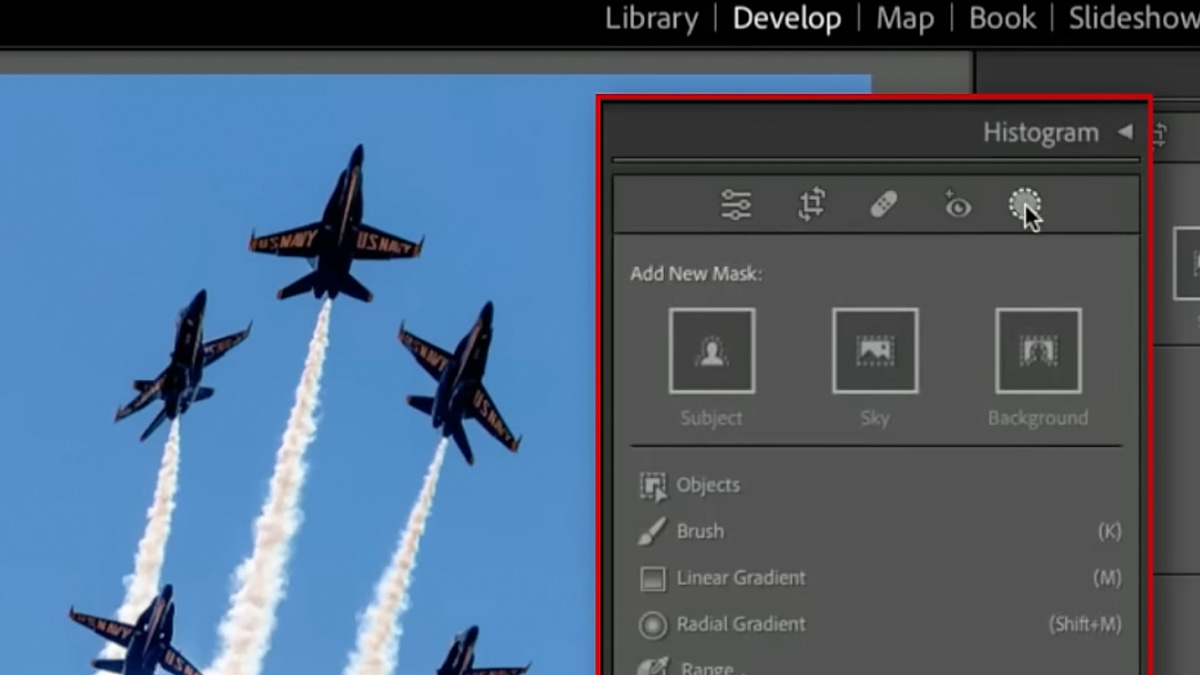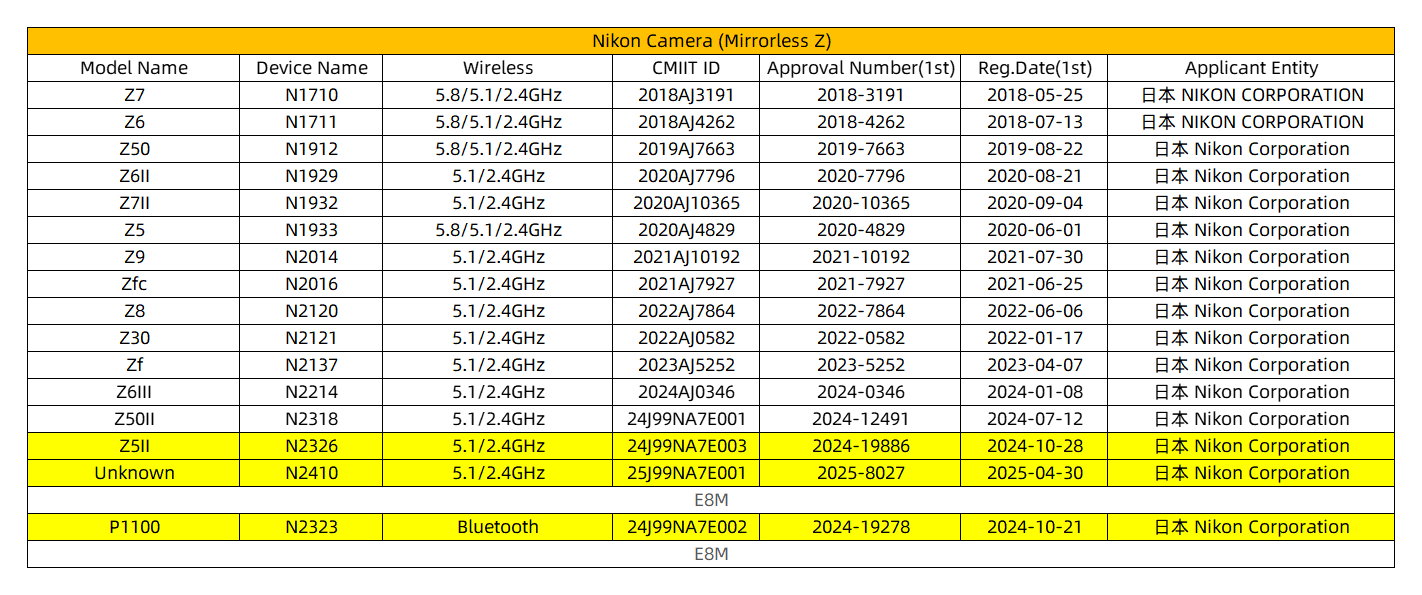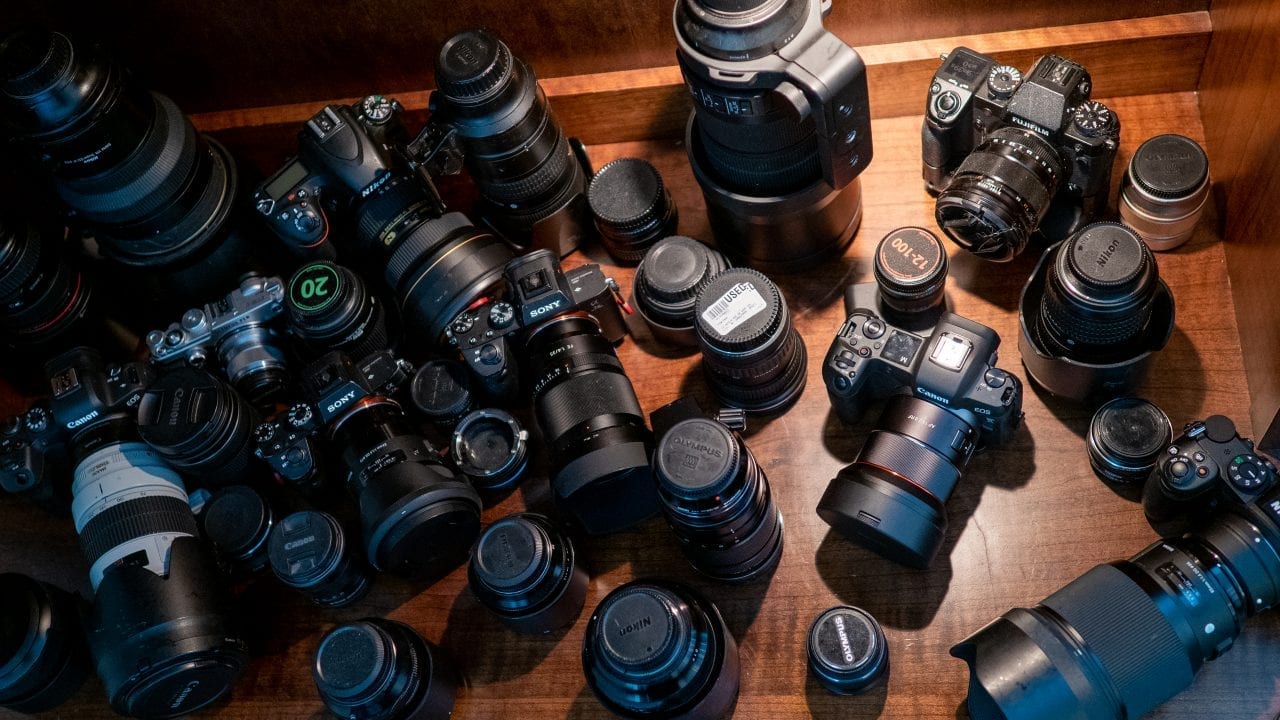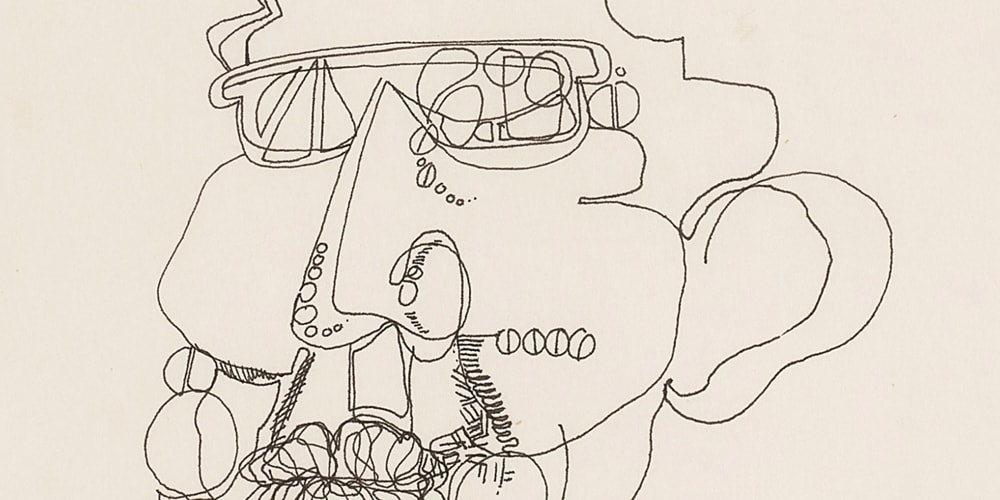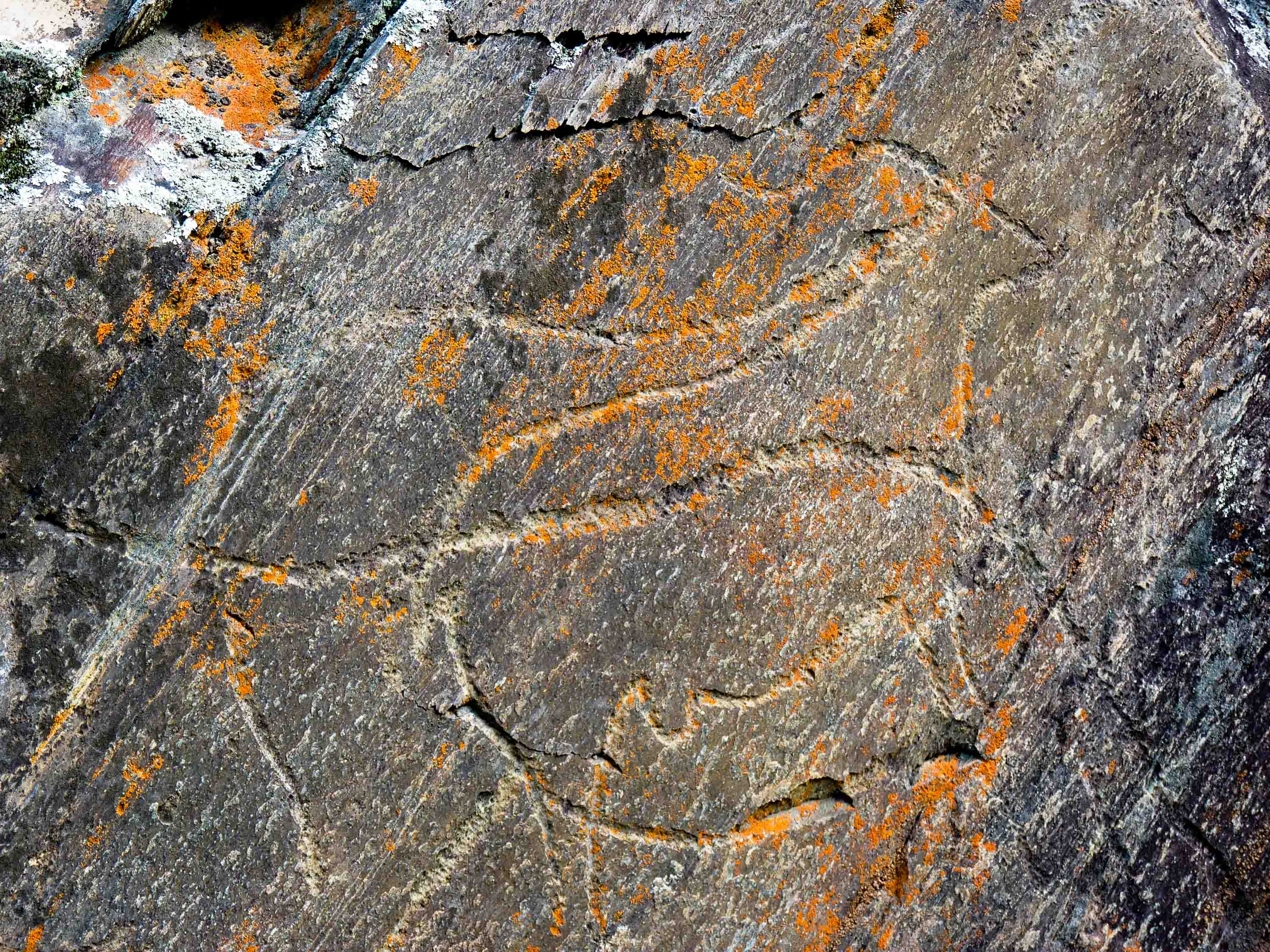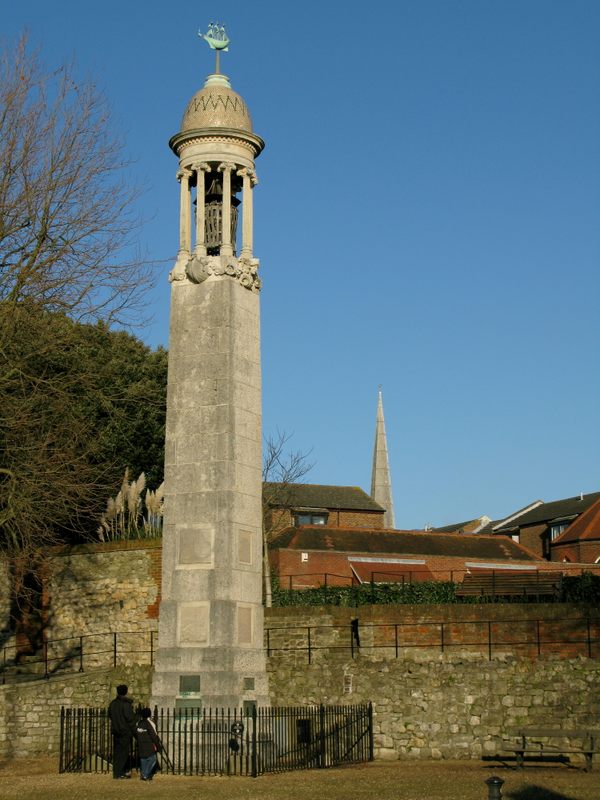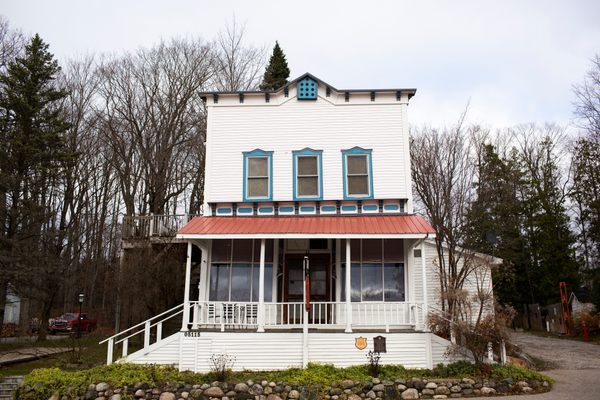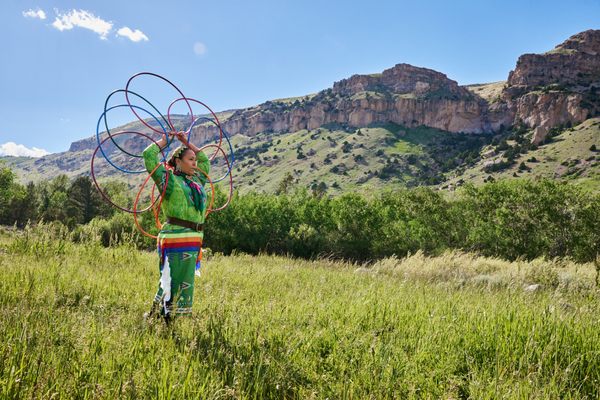Dar al-Magana in Fez, Morocco
The Dar al-Magana (which means clock house in Arabic) in Fez is all that remains of an ingenious water clock. Al-Jazna'i, a local chronicler, reports that this hydraulic timekeeping device was unveiled on May 6, 1357, which means that it was completed during the reign of Abu Inan Faris (1329–1358), but its construction probably began when his father, Abu al-Hasan al-Marini (1297–1351), was still in power. Dar al-Magana is located near the Al-Qarawiyyin Mosque, and this proximity suggests that the clock may have been used to regulate prayer times and daily schedules, but this is a conjecture. The precise details of how the water clock worked are unclear, but it is believed to have involved floats, weights, and levers. The most likely supposition is that the mechanism involved a small cart moving horizontally behind twelve doors. This cart was driven by a system of weighted ropes: one with a hanging weight, and the other with a float in a water reservoir that gradually emptied. Each hour, the cart triggered a door to open and released a metal ball into a brass bowl. Even from this cursory description, it is clear that the Dar al-Magana water was extremely complex, and it was this complexity that made the clock a wonder of its time. All that is left of this clock are thirteen wooden beams and twelve windows. Twelve brass bowls used to be attached to the windows, but these were removed for restoration in 2004. There are ongoing efforts to study and possibly recreate its original mechanisms, but, at the time being, the only thing that is available to visitors is the view of the thirteen beams protruding from the façade of Dar al-Magana, which can be seen from the crowded alley underneath.


The Dar al-Magana (which means clock house in Arabic) in Fez is all that remains of an ingenious water clock. Al-Jazna'i, a local chronicler, reports that this hydraulic timekeeping device was unveiled on May 6, 1357, which means that it was completed during the reign of Abu Inan Faris (1329–1358), but its construction probably began when his father, Abu al-Hasan al-Marini (1297–1351), was still in power.
Dar al-Magana is located near the Al-Qarawiyyin Mosque, and this proximity suggests that the clock may have been used to regulate prayer times and daily schedules, but this is a conjecture.
The precise details of how the water clock worked are unclear, but it is believed to have involved floats, weights, and levers. The most likely supposition is that the mechanism involved a small cart moving horizontally behind twelve doors. This cart was driven by a system of weighted ropes: one with a hanging weight, and the other with a float in a water reservoir that gradually emptied. Each hour, the cart triggered a door to open and released a metal ball into a brass bowl. Even from this cursory description, it is clear that the Dar al-Magana water was extremely complex, and it was this complexity that made the clock a wonder of its time.
All that is left of this clock are thirteen wooden beams and twelve windows. Twelve brass bowls used to be attached to the windows, but these were removed for restoration in 2004. There are ongoing efforts to study and possibly recreate its original mechanisms, but, at the time being, the only thing that is available to visitors is the view of the thirteen beams protruding from the façade of Dar al-Magana, which can be seen from the crowded alley underneath.


































